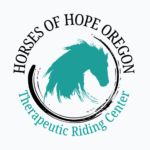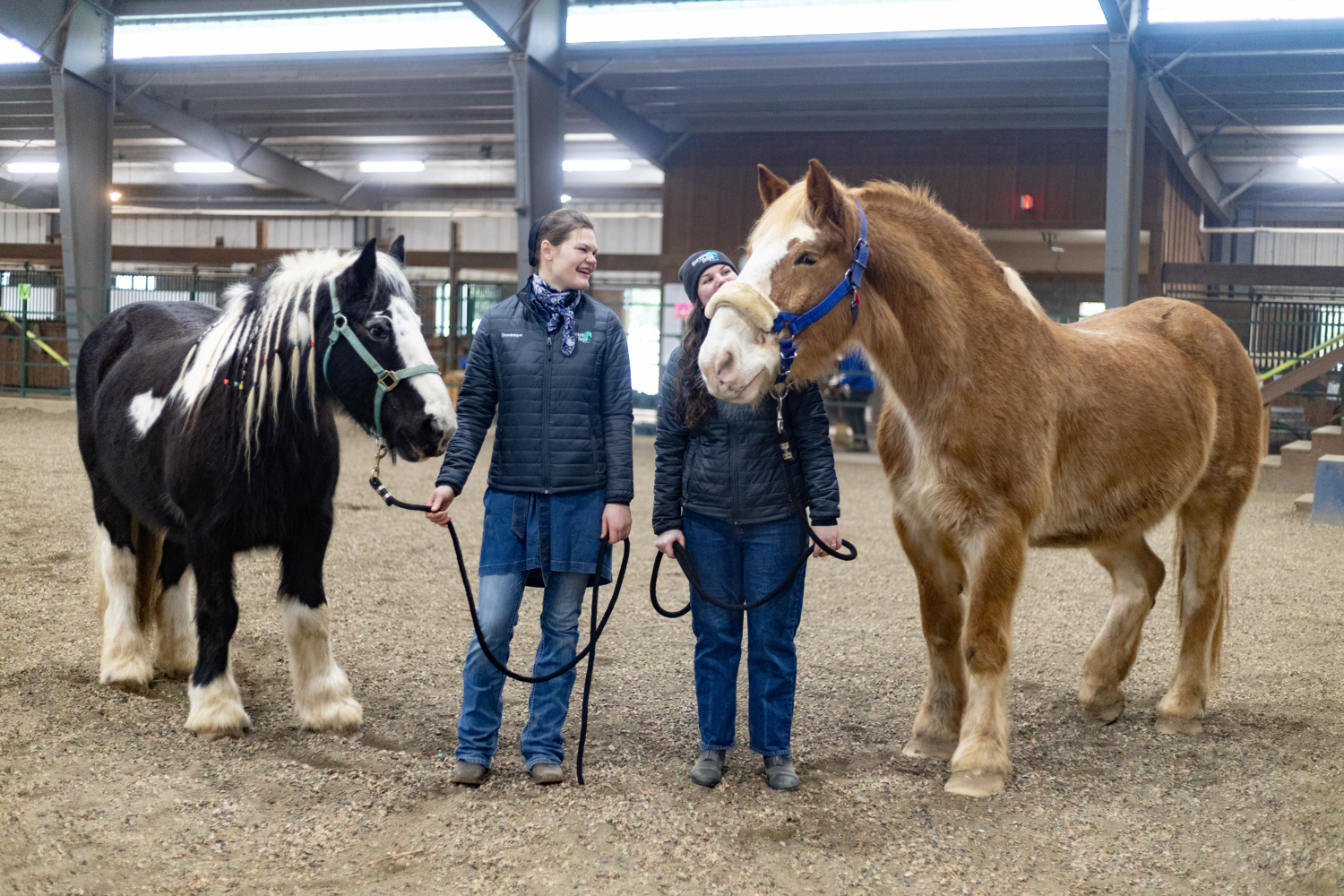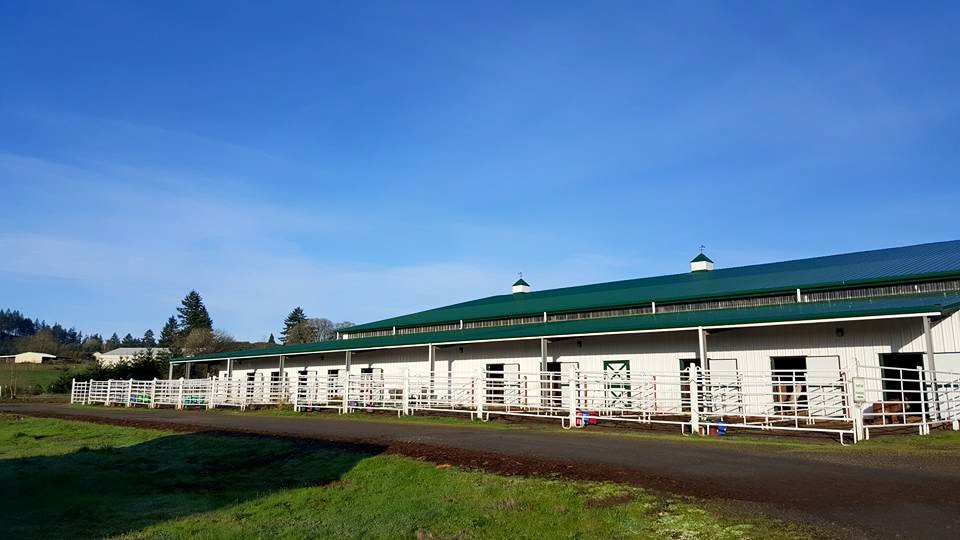

Horses of Hope Oregon (formerly the Adaptive Riding Institute) was founded in 1988. Our history makes us the longest continuously operating equine assisted services program in the state of Oregon.
The original focus of the non-profit was on providing recreational horseback riding to people of all ages with physical limitations. Programs have been expanded over time and we now focus on participants facing physical, cognitive, emotional and/or behavioral challenges.
Since its inception in 1988, Horses of Hope Oregon has provided services to thousands of participants. Over time, we have expanded both the programs that our organization offers and the number of participants we are able to serve. We are a 501( c )(3) non-profit organization that is a provider of health and wellness services for Oregon’s special needs population.
We currently serve participants from the mid-Willamette Valley and 10 surrounding counties. Our participants are from Portland to Eugene, and Benton County to the far eastern reaches of Jefferson County. Horses of Hope Oregon provides equine assisted services, personal development, therapeutic riding, and related services for people of all abilities at our state of the art facility in South Salem/Turner.
Stalle di Speranza “Stable of Hope” is located on 38 acres of beautiful, rolling hills, generously donated for our exclusive use by an incredible benefactor.
Our 36,000 square foot facility features a 124’ by 135’ fully enclosed indoor arena. Rubber brick pavers line all walkways, there are 3 handicap accessible restrooms, climate controlled all-purpose viewing room and arena-side seating.
Our stable has 24 stalls with attached paddocks, as well as an outdoor arena with challenge course, used when weather permits.
Behind our stable is our Sensory Trail system – winding through an evergreen forest and up and down hills, and right past neighboring Willamette Valley Vineyard’s beautiful grapevines. Our trails allow participants to interact with the world around them and utilize their various senses, including visual, tactile, olfactory, and auditory. There are different stations along the paths of the Sensory Trails where a participant may experience different sounds, such as wind chimes, their horse walking over a wooden bridge, or cobblestones, and smell the lilacs and lavender when they’re blooming.
